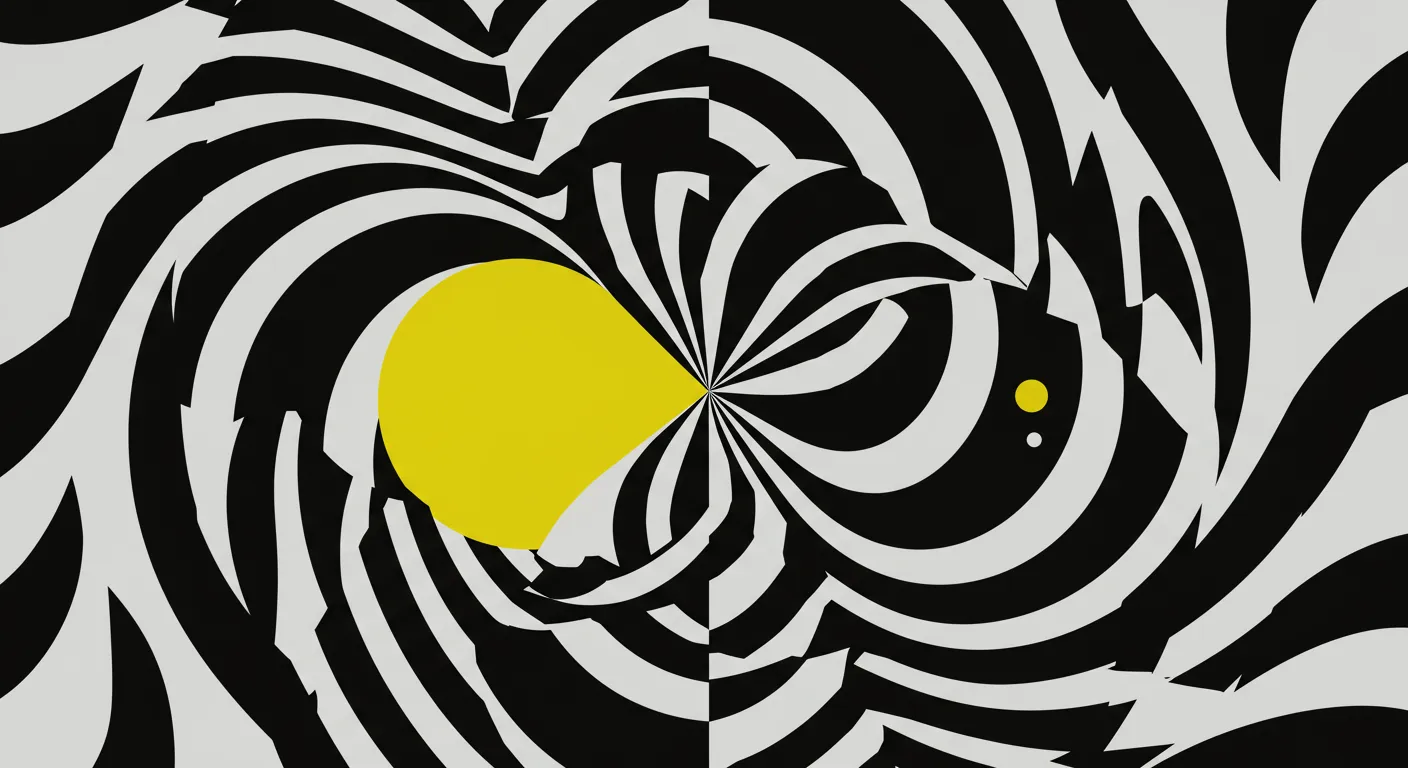Beat Saber has quietly revolutionized VR gaming by transforming rhythm gameplay into something closer to digital dance. Online commentators have dissected its secret sauce, revealing a game that's more about physical expression than just hitting notes.
The core innovation lies in its scoring system, which rewards players not just for timing, but for the breadth and precision of their movements. Unlike traditional rhythm games where hitting a button at the right moment is key, Beat Saber challenges players to swing their virtual sabers with deliberate, sweeping motions. This subtle shift turns gameplay into a kind of choreographed experience, making even novice players feel surprisingly graceful.
Custom content has been another massive driver of the game's popularity. While officially licensed tracks exist, online commentators note that the thriving modding community allows players to slice through virtually any song they want. This flexibility has created a near-infinite playlist that keeps players engaged far longer than traditional rhythm game models.
The game's design also cleverly sidesteps one of VR's biggest challenges: motion sickness. By keeping players stationary and creating intuitive, predictable block movements, Beat Saber ensures that even those prone to VR disorientation can enjoy extended play sessions. It's a small but critical design choice that has helped mainstream VR gaming.
Ultimately, Beat Saber's success comes from understanding that great games are about feeling, not just scoring. It transforms the potentially intimidating world of virtual reality into something playful, physical, and surprisingly accessible. Whether you're a rhythm game veteran or a VR newbie, there's something wonderfully liberating about slicing blocks to the beat.


